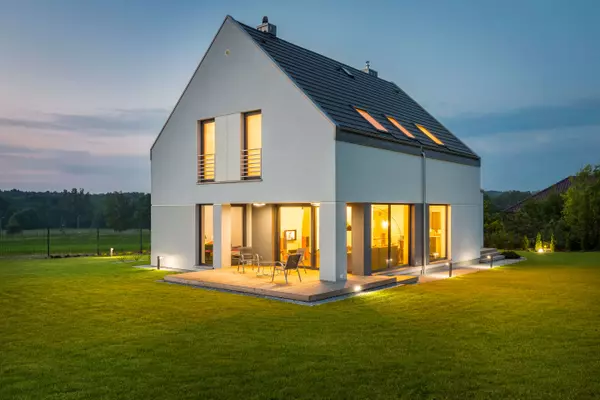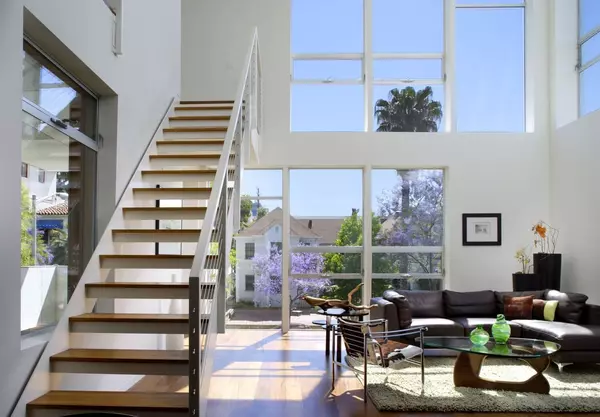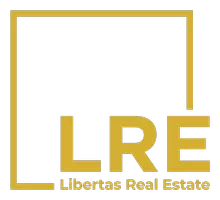Supreme Court’s tariffs case could have minimal impact on construction costs
The Supreme Court could decide on the legality of many of the Trump administration’s tariffs within months, but the ruling won’t impact many of the administration’s levies on imported construction materials such as lumber, steel, aluminum and copper.
The case before the Supreme Court contests the legality of the president’s use of the International Emergency Economic Powers Act (IEEPA) to enact sweeping tariffs on almost every country, including the reciprocal “Liberation Day” levies announced on April 2.
However, many construction materials imported into the United States will remain subject to hefty tariffs regardless of how the Supreme Court rules, and some of these levies could increase in the months ahead.
In response, some homebuilding leaders warn that home prices could increase by thousands of dollars beginning next year, threatening to lock even more Americans out of the housing market.
Tariffs on many construction materials will remain
Several tariffs on construction materials, which the administration imposed under Section 232 of the Trade Expansion Act of 1962, are not impacted by the Supreme Court case. The court has refused to hear challenges to Section 232 tariffs in the past, indicating that they are likely to remain in place for the foreseeable future.
These unaffected levies include the following:
- A 50% steel and aluminum tariff went into effect in June.
- A 50% tariff on imported semi-finished copper and derivative copper products, such as pipes and wires, began in August.
- A 10% tariff on all softwood lumber and timber imports went into effect in October. Canadian softwood lumber, which accounts for about 85% of lumber imports, is now subject to a 45% duty rate.
- A 25% tariff on imported kitchen cabinets and vanities that went into effect in October is scheduled to increase to 50% on January 1.
Even if the Supreme Court overturns the IEEPA tariffs, the administration could try to reimpose many of them on a separate legal footing, Cristian deRitis, deputy chief economist at Moody’s Analytics, tells HousingWire.
“While importers of other building materials might experience some relief if the Supreme Court overturns the IEEPA tariffs, this relief could be temporary. The administration may choose to expand the Section 232 tariffs as a fallback strategy if the reciprocal tariffs are invalidated,” deRitis said.
A Brookings Institution analysis from Nonresident Senior Fellow Robert Litan and NYU School of Law Adjunct Professor Peter Shane agreed that the president could use Section 232 and other sections of the Trade Expansion Act to reinstate many of the IEEPA tariffs if they are struck down.
Tariffs could push up home prices
The U.S. all-in aluminim price, combining the London Metal Exchange benchmark and the U.S. Midwest delivery premium, has climbed since this year’s tariff announcement and hit a record high of $4,816 per ton earlier this month, according to Bloomberg.
Research from Moody’s Analytics also indicates that steel and copper prices shot up after the tariffs went into effect, and these prices remain elevated.
There hasn’t yet been an increase in lumber prices, but NAHB Chairman Buddy Hughes forecasted that the lumber tariffs “will create additional headwinds for an already challenged housing market by further raising construction and renovation costs.”

It historically takes four to five months for a homebuilder to construct a home, so the houses that are delivering now are largely unaffected by the tariffs. This is expected to change next year.
“At this time, we estimate that tariffs will effectively have little to no impact on our closings in Q4 of 2025, but they could increase build costs by roughly $1,500 per home starting in 2026,” Pulte Executive VP and CFO Jim Ossowski said during an October 22 earnings call.
In the spring, Pulte’s CEO Ryan Marshall warned that it could cost about $5,000 more to build a home once the impact of tariffs is fully felt. A report from the National Association of Home Builders (NAHB) forecasted an even higher cost impact of between $7,500 and $10,00 per home as a result of tariffs.
NAHB estimates that for every $1,000 cost increase to a home, more than 100,000 potential buyers are priced out of the market.
The potential cost impacts of tariffs come amid a period when Americans are already struggling to afford new homes at current prices. Homebuilders increasingly need to employ more incentives or reduce prices to get buyers over the finish line, leading to lower margins. As a result, many builders have scaled back on new home production until homebuyer demand increases.
Categories
Recent Posts










GET MORE INFORMATION

